No products in the cart.
NEWS
Growing Guava Trees: Complete Guide to Care & Cultivation
Bringing the taste of the tropics to your home garden is an exciting prospect, and few fruits offer the sweet, aromatic reward of fresh guavas. While often associated with warm climates, the joy of cultivating these fascinating trees is within reach for many gardeners, whether you’re blessed with a suitable climate or learning to nurture them in controlled environments. Growing guava trees can be incredibly rewarding, offering beautiful blossoms and delicious fruit when provided with the right care and conditions. This comprehensive guide will walk you through everything you need to know to successfully grow and maintain healthy guava trees.
Discovering Guava Tree Varieties
The world of guavas offers more diversity than many realize. While Psidium guajava is the most common species known for its classic apple-guava or tropical guava fruit, numerous varieties exist with differing sizes, flavors, flesh colors (from white to pink and red), and even cold tolerance. Selecting the right variety is the first step in your guava growing journey. Consider factors like your climate, available space, desired fruit characteristics, and whether you plan to grow in-ground or in a container. Some popular choices might include standard tropical guavas for warm zones, or potentially hardier varieties if you’re pushing the boundaries of their typical range. Understanding the mature size and growth habit of a specific variety is also crucial for planning its placement in your garden.
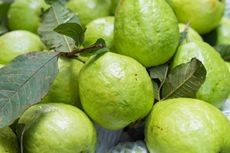 Close-up of ripe guava fruit hanging from a tree branch
Close-up of ripe guava fruit hanging from a tree branch
Providing Ideal Growing Conditions for Guavas
Guava trees thrive in warm, sunny environments. They are generally suited for USDA Hardiness Zones 9-11, though their tolerance can vary by specific type. In cooler regions, successfully growing guavas outdoors year-round is challenging due to their sensitivity to frost, but container growing allows them to be moved to protected locations during winter.
Sunlight is paramount; guava trees need full sun exposure, ideally at least 6-8 hours of direct sunlight daily, to produce abundant fruit. As tropical natives, they prefer well-draining soil rich in organic matter. Heavy, compacted soils can lead to root rot. Aim for a slightly acidic to neutral soil pH (between 5.5 and 7.0). If your native soil isn’t ideal, incorporating compost and choosing a raised bed or container can provide the necessary drainage and nutrients.
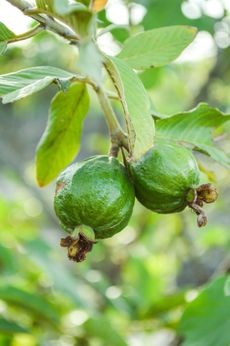 Healthy guava tree with lush green foliage and visible fruit
Healthy guava tree with lush green foliage and visible fruit
Starting Your Guava Tree: Propagation Methods
There are several ways to start a new guava tree, each with its advantages.
Growing from Seed
Propagating guava from seed is a fun experiment, especially if you’ve enjoyed a particularly tasty fruit. However, keep in mind that trees grown from seed may not be true to the parent plant, meaning the resulting fruit could differ in quality or characteristics. Seeds require stratification (a period of chilling) or scarification (lightly scratching the seed coat) to improve germination rates. Sow seeds in a well-draining potting mix and keep them warm and moist. Germination can be slow and irregular.
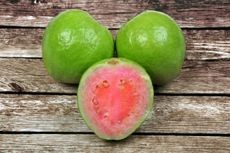 Guava seeds ready for planting
Guava seeds ready for planting
Growing from Cuttings
For a more reliable way to propagate a specific guava variety, growing from cuttings is often preferred. Take semi-hardwood cuttings from healthy, mature branches. Dip the cut end in rooting hormone and plant in a sterile, well-draining medium. Providing bottom heat and maintaining high humidity can significantly increase rooting success. Cuttings allow you to clone the parent plant, ensuring the new tree has the same desirable traits.
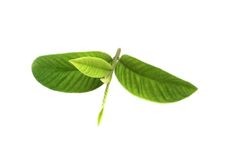 Guava tree cuttings prepared for propagation
Guava tree cuttings prepared for propagation
Grafting
Commercial growers often use grafting to combine the desirable fruit qualities of one variety with the robust rootstock of another, or to speed up fruiting. While more advanced, grafting is another method to consider if you have the skill or inclination.
Planting Your Guava Tree
Once you have a young guava plant (whether from seed, cutting, or purchased), it’s time to plant.
- In-Ground: Choose a sunny spot with good drainage. Dig a hole twice as wide and as deep as the root ball. Mix in compost to improve soil structure and fertility. Carefully place the tree in the hole, ensuring the top of the root ball is level with the surrounding soil. Backfill with the soil mix, gently firming it down to remove air pockets. Water thoroughly.
- Container: Select a large pot with drainage holes (guavas can grow quite large). Use a high-quality potting mix designed for containers, preferably one that drains well. Plant as you would in-ground, ensuring the root crown isn’t buried too deep. Container-grown guavas will require more frequent watering and feeding. This is an excellent option for climates outside their hardiness zone, allowing you to move the plant indoors or to a protected spot during cold weather.
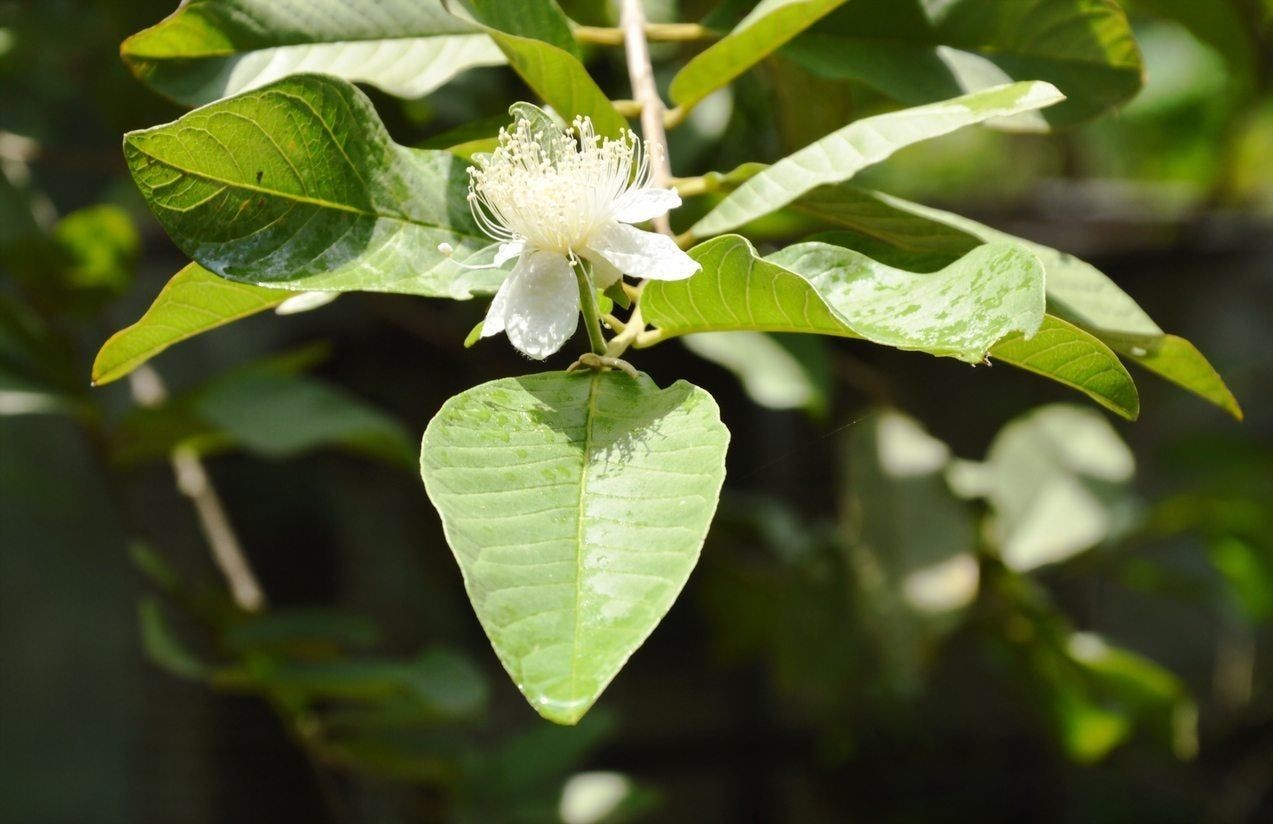 A young guava plant in a pot
A young guava plant in a pot
If your tree outgrows its container or current location, transplanting is possible. Early spring or late fall (in warm climates) are often good times. Dig a wide trench around the root ball to minimize root damage. Water the tree well before transplanting to help the soil hold together.
Essential Care Practices: Watering and Fertilizing
Consistent care is vital for healthy growth and abundant fruit production.
Watering
Guava trees need regular watering, especially when young and establishing. Mature trees are somewhat more drought-tolerant but perform best with consistent moisture, particularly during flowering and fruiting periods. Water deeply, allowing the soil to dry out slightly between waterings. Avoid waterlogged conditions, which can lead to root problems. Container-grown guavas dry out faster and will need more frequent checks.
Fertilizing
Feeding your guava tree provides the nutrients needed for vigorous growth and fruiting. A balanced fertilizer containing nitrogen, phosphorus, and potassium is generally recommended. Apply fertilizer regularly during the growing season (spring through fall), following product instructions. Young trees need less fertilizer than mature, fruit-producing trees. Incorporating organic matter like compost into the soil also helps improve fertility and soil structure. Biogarden.asia offers various soil amendments and fertilizers designed to support healthy plant growth.
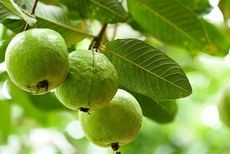 Applying fertilizer around the base of a guava tree
Applying fertilizer around the base of a guava tree
Shaping Your Tree: Pruning Guava Trees
Pruning is an important maintenance task that helps shape the tree, improve air circulation, remove damaged or diseased wood, and encourage better fruit production.
- When to Prune: The best time to prune guavas is typically after the main harvest season. Avoid heavy pruning just before flowering or fruiting.
- How to Prune: Remove any dead, damaged, or crossing branches. Thin out excessive growth in the center of the tree to improve light penetration and air circulation. Pruning can also be used to maintain a manageable size and shape, especially for container plants. Guavas often fruit on new growth, so selective pruning can stimulate flowering and fruiting.
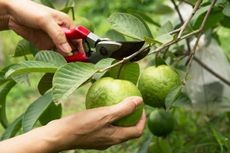 A gardener pruning a guava tree with shears
A gardener pruning a guava tree with shears
Managing Guava Tree Health: Pests, Diseases, and Leaf Issues
Like all plants, guavas can sometimes face health challenges. Early detection and action are key.
Common Pests and Diseases
Common pests include fruit flies, aphids, scale insects, and mealybugs. Monitor your tree regularly for signs of infestation. Diseases can include anthracnose, guava wilt, and various leaf spots, often favored by humid conditions. Ensuring good air circulation through pruning helps. Organic pest control methods and fungicides, used according to directions, can help manage these issues.
Leaf Color Changes
Leaf discoloration can be a symptom of stress, nutrient deficiency, or disease.
- Yellowing Leaves: Often indicates a watering issue (too much or too little), or nutrient deficiencies, particularly nitrogen or iron (chlorosis). Checking soil moisture and pH can help diagnose the problem.
- Red or Purple Leaves: Can be a sign of phosphorus deficiency, cold stress, or sometimes a reaction to other environmental factors.
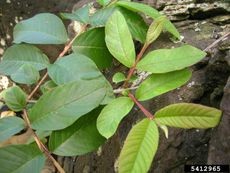 Close-up of a guava plant showing yellowing leaves
Close-up of a guava plant showing yellowing leaves
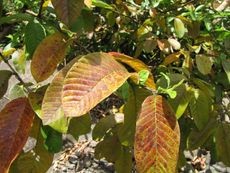 Close-up of a guava plant showing reddish-purple leaves
Close-up of a guava plant showing reddish-purple leaves
Understanding these signs helps you identify and address the underlying cause promptly.
Troubleshooting Fruiting and Flowering Issues
It can be frustrating when your guava tree doesn’t produce blooms or fruit. Several factors can contribute:
- Tree Age: Young trees need time to mature before they begin flowering and fruiting. Patience is required!
- Lack of Sunlight: Insufficient light is a common reason for poor flowering.
- Nutrient Imbalances: Over-fertilizing with nitrogen can promote leafy growth at the expense of flowers and fruit. Lack of phosphorus or potassium can also hinder blooming.
- Water Stress: Both too much and too little water can impact flowering and fruit set.
- Pollination: While some guava varieties are self-pollinating, others may benefit from cross-pollination with another variety. Bees and other insects are the primary pollinators.
Ensuring the tree receives adequate sunlight, balanced nutrition, and consistent moisture are the best steps to encourage blooming and fruiting.
 A young guava plant in a pot
A young guava plant in a pot
Maximizing Your Harvest: Thinning and Harvesting Guavas
Thinning Fruit
If your tree sets a large amount of fruit, thinning can be beneficial. Removing some young fruits allows the tree to direct energy into the remaining ones, resulting in larger, higher-quality guavas. Thinning also reduces the risk of branches breaking under the weight of excessive fruit. Thin when fruits are still small, spacing them several inches apart.
 Close-up of ripe guava fruit hanging from a tree branch
Close-up of ripe guava fruit hanging from a tree branch
Harvesting Guavas
Knowing when your guavas are ripe is crucial for enjoying their best flavor. Guavas ripen gradually. Signs of ripeness include:
- Color Change: The skin typically changes from green to yellow or pinkish, depending on the variety.
- Softness: The fruit will yield slightly to gentle pressure.
- Aroma: Ripe guavas emit a strong, sweet, musky fragrance.
- Falling: Some ripe guavas may drop from the tree, though picking them just before they drop often reduces bruising.
Harvest by gently twisting the fruit or using pruning shears to snip the stem, leaving a small piece attached. Enjoy fresh, in juices, jams, or desserts!
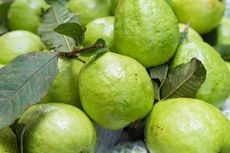 Collection of ripe guava fruit
Collection of ripe guava fruit
Beyond the Fruit: Other Uses of the Guava Tree
The benefits of the guava tree extend beyond its delicious fruit. Traditionally, various parts of the tree have been used for medicinal or other purposes. Guava leaves, for instance, are commonly brewed into a tea known for potential digestive benefits and soothing properties. The bark also has traditional uses, often related to its tannin content. While these uses are rooted in tradition, they highlight the rich cultural significance and versatility of the guava plant. If you’re interested in guava leaf tea, harvest young, healthy leaves.
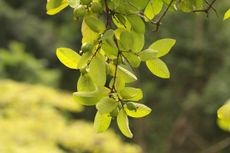 Fresh green guava leaves on a branch, suitable for making tea
Fresh green guava leaves on a branch, suitable for making tea
Conclusion
Growing guava trees is a rewarding endeavor that connects you with the vibrant flavors of the tropics. From selecting the right variety and providing the perfect growing conditions to diligent care, pest management, and timely harvesting, each step contributes to the success of your guava harvest. Whether you’re cultivating a single tree in a pot on your patio or managing a small orchard, the sweet fragrance of ripening guavas and the taste of your homegrown fruit are truly incomparable. Embrace the journey of growing guavas, and enjoy the bounty this wonderful tree provides. For all your gardening needs, from soil amendments to plant health support, explore the resources available at Biogarden.asia.
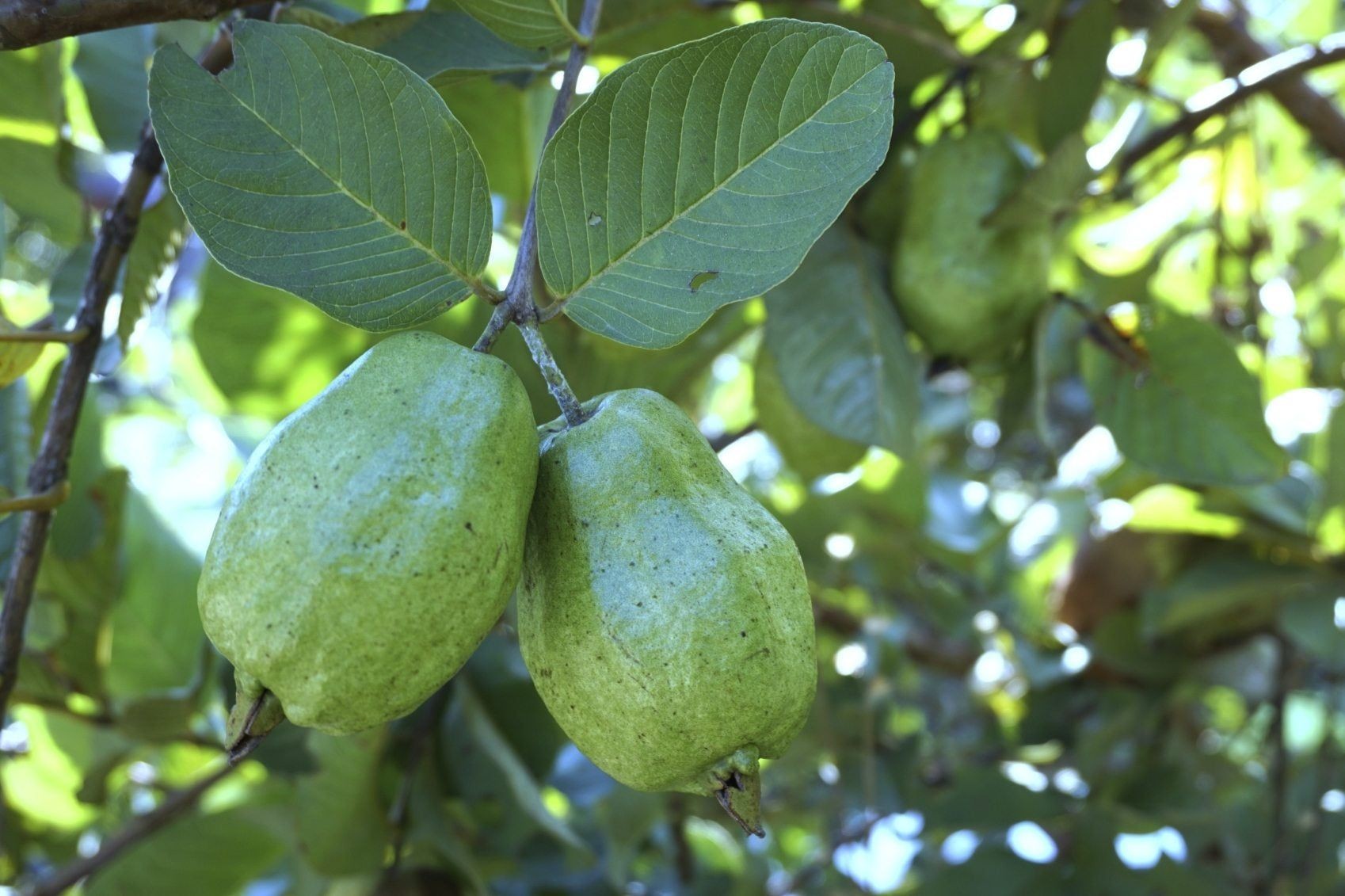 Healthy guava tree laden with green fruit
Healthy guava tree laden with green fruit



